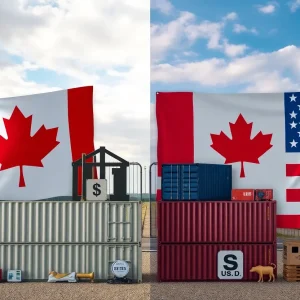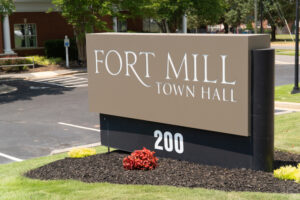Myrtle Beach Remembers Hurricane Matthew: A Reflection on Its Impact Eight Years Later
It’s hard to believe that it’s already been eight years since Hurricane Matthew swept through our beloved Myrtle Beach and surrounding areas. On this day, back in 2016, the storm made landfall as a Category 1 hurricane near McClellanville, South Carolina, and left quite a mark on the Grand Strand and Pee Dee regions.
The Storm’s Journey Begins
Matthew kicked off a new chapter of hurricane activity in South Carolina, ending a long stretch of tranquility since Hurricane Gaston hit in 2004. At its peak, Matthew was an awe-inspiring Category 5 hurricane, boasting winds up to 160 mph as it churned through the central Caribbean. Fortunately, this powerhouse worked its way down to a Category 1 storm by the time it rolled into South Carolina, bringing winds of around 75 mph.
The clock struck 10:45 a.m. on October 8 when the center of the storm made landfall. What followed was a chaotic few hours. As Matthew’s eye wobbled ashore near McClellanville, Myrtle Beach found itself squarely in the storm’s path shortly after noon. Rains started pouring down, leading to flash flooding across the region.
A Flash Flood Emergency
By 11 a.m., it was clear that the situation was escalating when the National Weather Service in Wilmington issued its first-ever flash flood emergency for Horry County. This announcement echoed the reality that flooding had become a serious, life-threatening concern. Tragically, Matthew’s wrath resulted in the loss of life, with two individuals in Florence County and another in Dillon County reported to have succumbed to the flood waters.
The Storm’s Path and Devastation
After unleashing hours of heavy rainfall, Matthew made its way up the coast and thudded right over Myrtle Beach at about 2 p.m. The impact was like something out of a disaster movie. The storm surge was the highest the area had seen since Hurricane Hugo, demolishing dunes and destroying the Springmaid and Surfside Beach piers.
The Aftermath: A Town Underwater
As the storm pulled away, it left chaos in its wake. Winds gusted at 60 to 70 mph in the Pee Dee, trees toppled, and the lights went out for about 834,000 residents. Can you imagine? Entire neighborhoods were shrouded in darkness.
Rainfall totals reached staggering amounts. Many areas reported between 10 to 17 inches, with Dillon County seeing the highest total in the state at 17.22 inches—an amount that occurs only once in a thousand years!
Days of Rising Waters
As the day turned to October 9, the shock set in across the region. The Lumber and Waccamaw rivers quickly became overwhelmed and began to rise alarmingly fast. Towns like Nichols, Latta, Mullins, and Lumberton found themselves battling a flooding disaster.
By October 10, the Lumber River reached levels that shattered old flood height records—rising a staggering five feet higher than ever recorded. It was a dire situation, as Interstate 95 was closed, and some residents needed to be rescued from their rooftops. To think about the sheer speed at which the water rose left many feeling stunned.
As October 11 rolled in, the disaster continued as the Waccamaw River also began to swell. At that point, Waccamaw River surged up to 18 feet, recording a flood stage that wouldn’t be surpassed until Hurricane Florence arrived two years later.
Conclusion
Hurricane Matthew was a wake-up call for Myrtle Beach and the surrounding areas, reminding us all of nature’s power. Eight years later, the memories may fade, but the lessons learned from Matthew are ever so relevant. As we remember this significant event in our history, it serves as a reminder to stay prepared and heed the warnings in what can sometimes be a turbulent season.









